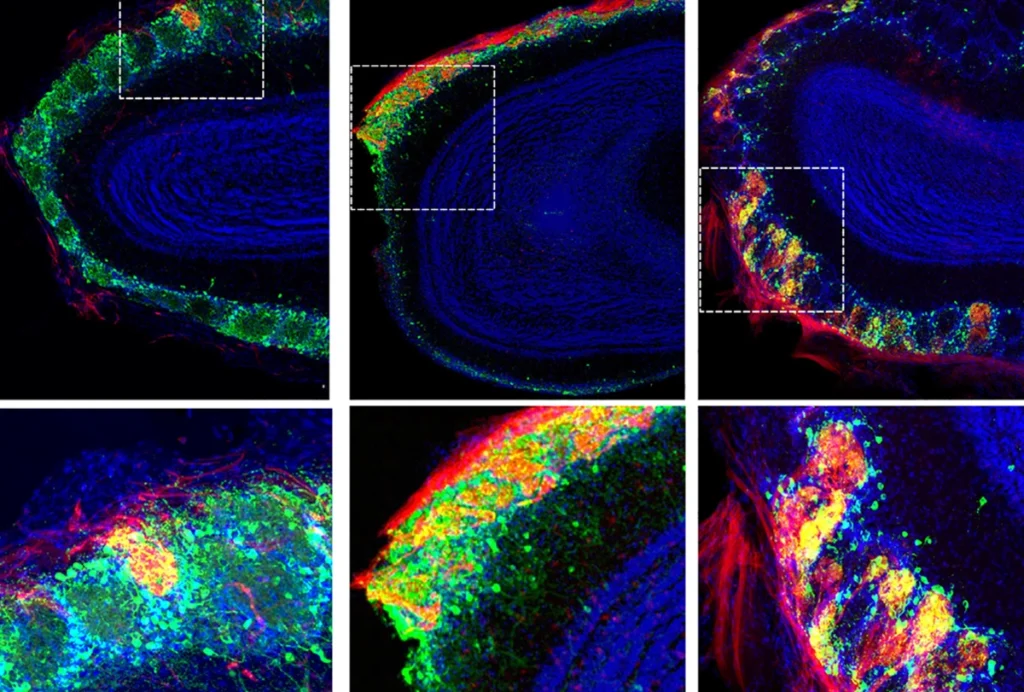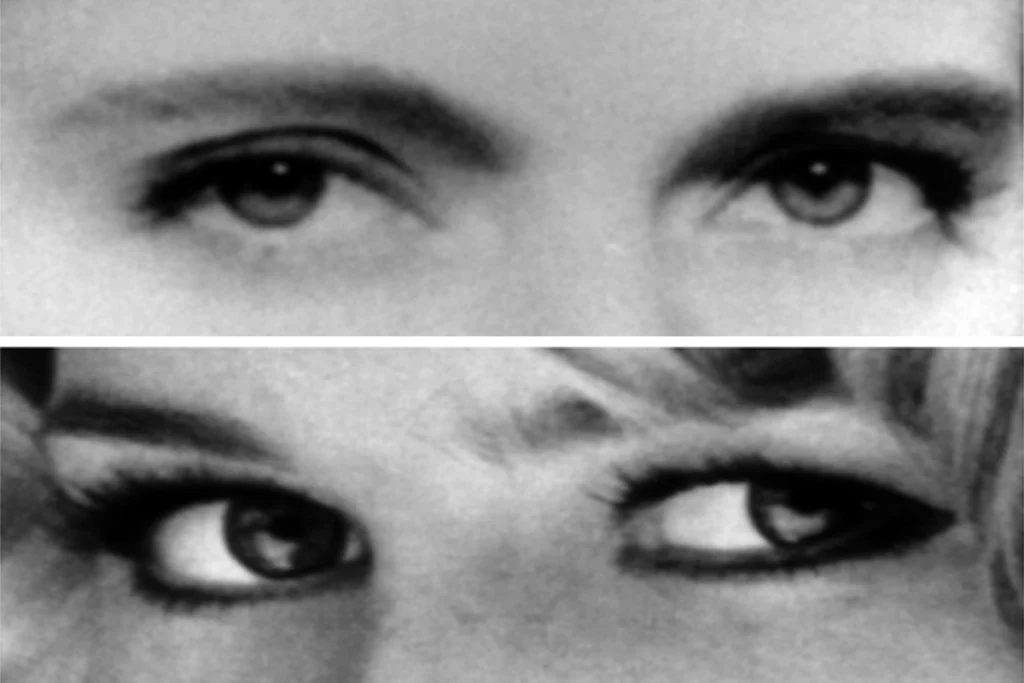Siri Carpenter is an award-winning science writer and editor based in Madison, Wisconsin. Her work has appeared in The New York Times, The Los Angeles Times, The Washington Post, O: the Oprah Magazine, Science, Scientific American Mind, Science News, and many other publications. She’s first author on the psychology textbook Visualizing Psychology (John Wiley & Sons, 2007). She is also co-founder and editor-in-chief of The Open Notebook, a nonprofit organization and website that provides resources to help science journalists improve their skills.

Siri Carpenter
Freelance Writer
Spectrum
From this contributor
The children who leave autism behind
Some children shed the symptoms of autism and eventually lose their diagnosis. What sets them apart?
Explore more from The Transmitter
Rat neurons thrive in a mouse brain world, testing ‘nature versus nurture’
Neurons from the two rodents can wire up together to form functional circuits—all while maintaining some species-specific properties, two new studies show.

Rat neurons thrive in a mouse brain world, testing ‘nature versus nurture’
Neurons from the two rodents can wire up together to form functional circuits—all while maintaining some species-specific properties, two new studies show.
It’s past time to stop using the Reading the Mind in the Eyes Test
The widely used measure of “theory of mind” needs to be re-examined, along with the long-standing claim that autism is linked to a lack of this ability.

It’s past time to stop using the Reading the Mind in the Eyes Test
The widely used measure of “theory of mind” needs to be re-examined, along with the long-standing claim that autism is linked to a lack of this ability.
Robots boost data consistency in rodent studies reliant on mechanical, optogenetic stimulation
Two new devices take experimenter variation out of the equation, the lead investigators say.
Robots boost data consistency in rodent studies reliant on mechanical, optogenetic stimulation
Two new devices take experimenter variation out of the equation, the lead investigators say.
